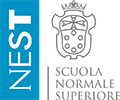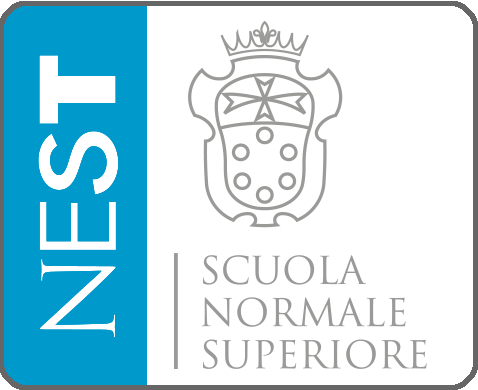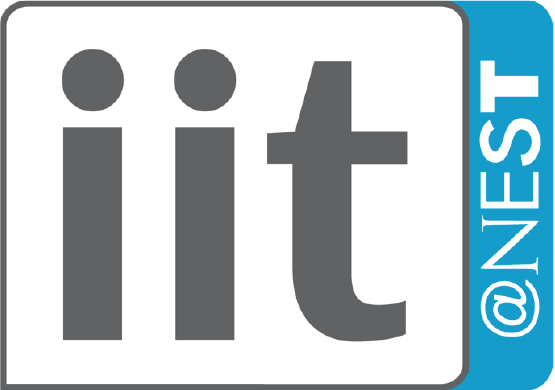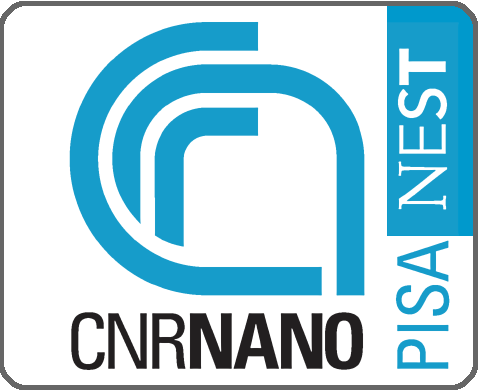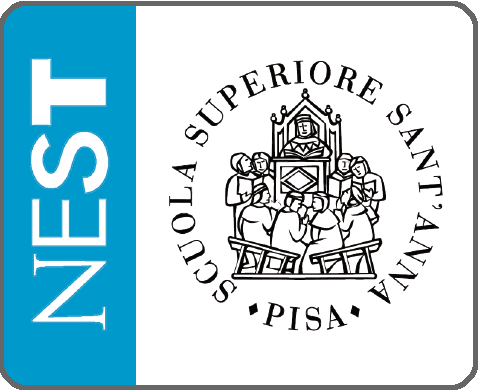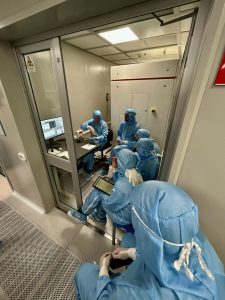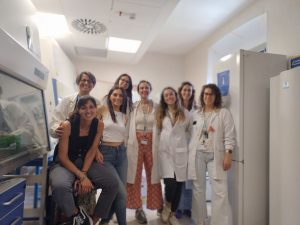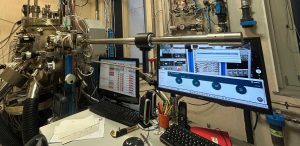NEST, the National Enterprise for nanoScience and nanoTechnology, is an interdisciplinary research and training centre where physicists, chemists and biologists investigate scientific issues at the nanoscale. This knowledge is exploited to develop innovative nanobiotechnological tools, nanoelectronic and photonic devices and architectures.
The NEST initiative comprises four distinct institutions: Scuola Normale Superiore, Istituto Italiano di Tecnologia, Consiglio Nazionale delle Ricerche and Scuola Superiore Sant’Anna. Although each institution has its own staff and administration (Laboratorio NEST of SNS, Center for Nanotechnology Innovation of IIT, the Istituto Nanoscienze of CNR, and Nanoplant of SSSA) facilities and activities are closely coordinated and scientists team up for specific scientific objectives regardless of their affiliation.
This concentration of efforts and flexibility allows NEST scientist to address a rather broad range of research activities that span from semiconductor/superconductor nanostructure design, growth and experimental investigation to single-molecule studies in live cells and tissues. Despite this broad scope, NEST scientists adopt a unified approach thanks to the close cultural integration of its multidisciplinary teams which is characteristic of nanoscience.
This web page provides a presentation of the main research activities and the technical sections of recent NEST Activity Reports.
